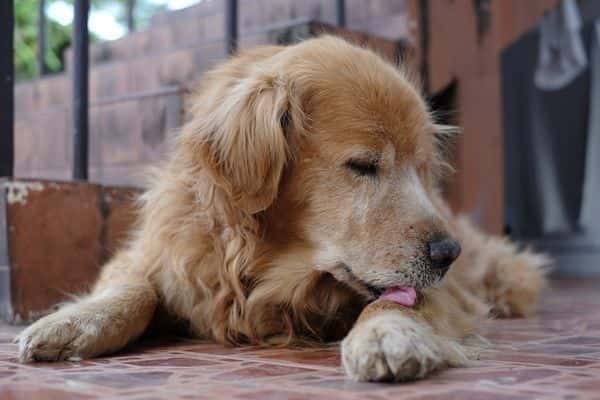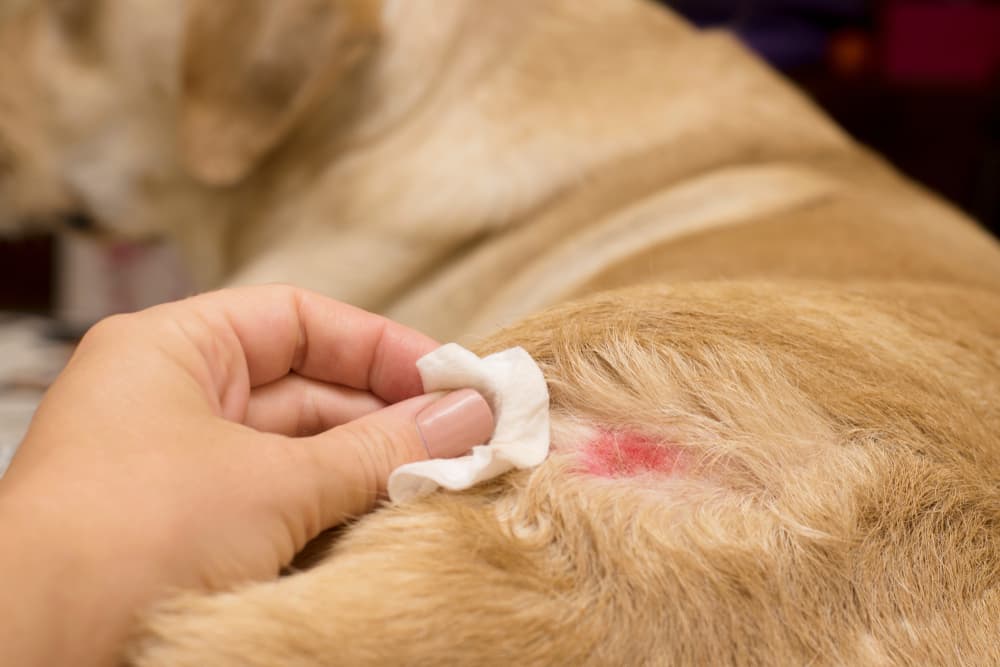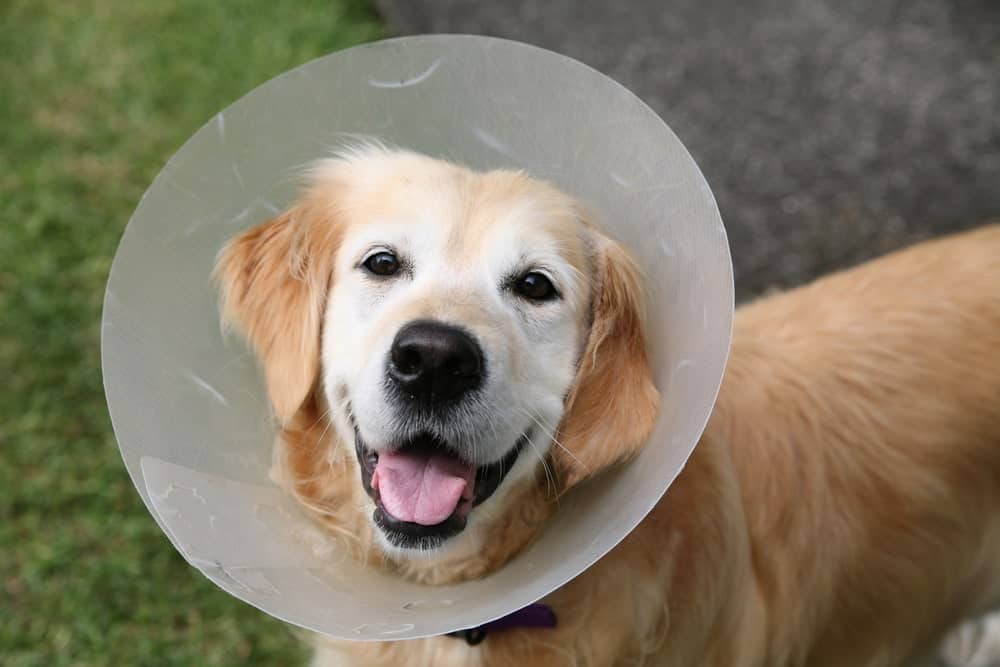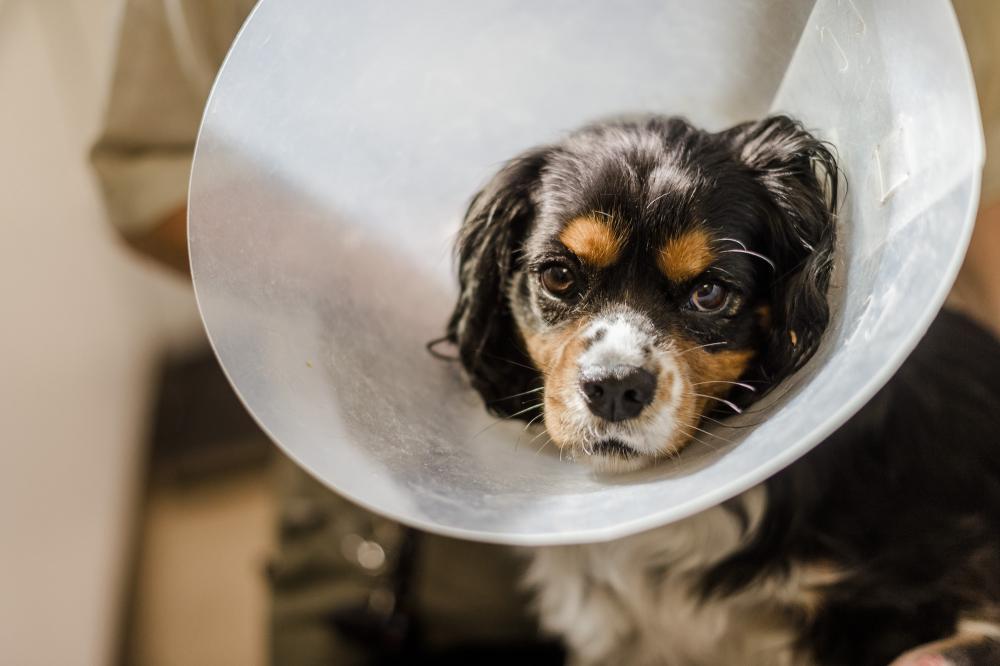Your dog may have a hot spot if they are frequently licking, biting, or scratching the same area. Hot spots, often called acute moist dermatitis, are a skin ailment that affects dogs. These sores can be extremely bothersome and will begin to cause pain and irritation if left untreated. You might think that it is caused by the usage of wrong dog products, but that is not always the case. With appropriate care, however, they can be easily treated and prevented.
Read on to know more about the causes, symptoms, and treatment options for canine hot spots. You might need to visit the nearest dog pet shop or consult a veterinarian if you find that your canine has hot spots.
Hot Spots on Canines
A hot spot, commonly referred to as acute moist dermatitis, is a typical dog ailment that causes inflamed skin as a result of an underlying irritation. The inflamed skin becomes prone to bacterial infection and additional health problems when a dog licks, bites, or scratches the itching, hot area. Hot spots can affect dogs at any moment, but they’re more common in the summer, which is why they’re commonly referred to as ‘summer sores.’
Because hot patches can quickly spread across a dog’s body, it’s critical to notice the signs as early as possible. Despite the fact that the sores themselves are not communicable to humans or other canines, the underlying issue (parasitic and fungal illnesses) may be. As a result, if you see anything unusual on your dog’s skin, contact your veterinarian right once.
How Hot Spots Look Like on a Dog
Dog hot spots appear as little, red areas of skin at first, but they can swiftly expand in a couple of days. In severe situations, the affected region may scab, ooze fluid, and bleed. Swelling, hair loss, and soreness to the touch are further indicators of a hot spot in dogs.
The look and extent of hot spots differ depending on their location, which is usually the neck, face, hips, or limbs. Acute dermatitis can affect any part of a dog’s body, although it is more common in wet places that are susceptible to bacterial infection.
Call your veterinarian if your dog is frequently biting or scratching the same location, or if you discover a patch of skin inflammation that appears crusty or inflamed. If the affected region is bleeding, getting larger, or oozing a coloured discharge, it’s even more crucial to contact your veterinarian.
What Causes Hot Spots
According to current estimates, food allergies could account for up to 50% of dog hot spots, but you’ll need to speak with your veterinarian to figure out what’s troubling your pet specifically.
Several other common causes of hot spots on canines include insect bites, fleas, parasites such as ringworm, anal gland inflammation, a dirty coat, moisture trapped in coat from bathing, and even excessive licking due to boredom or stress.
Hot spots on a canine friend can be caused by any underlying ailment that causes excessive licking, itching, or moisture build-up. This acute dermatitis condition can be caused by as little as 10 minutes of chewing.
How to Treat Hot Spots on Your Pet Dog
The best treatment for canine hot spots is determined on your pet’s underlying source of discomfort. To properly treat it and keep it from repeating, your veterinarian will need to determine the underlying reason. Natural hot spot home treatments may be able to provide relief for your pet depending on the situation.
Here’s several ways for you to brew up some home remedies to treat your paw friend’s hot spot.
- Trim the fur surrounding the hot spot. Use clips for better accuracy. If you’re using scissors, be extra mindful not to cut your pet if they happen to make a sudden move or leap away quickly. If the affected region is extensive, shaving the surrounding fur may be a good choice, depending on your pet’s sensitivity and the advice of your veterinarian.
- Clean the affected area. It is best to use warm water and mild soap before patting it dry with a cloth or paper towel.
- Apply topical ointment. This is to reduce the itching by a significant amount and speed up the healing process of the skin. A few over-the-counter remedies that you might already have at home also include:
-
- Benadryl: Topical gels containing diphenhydramine, such as Benadryl, may be beneficial in treating hot spots in dogs with allergies.
- Apple Cider Vinegar: To make a hot spot spray that relieves itching and functions as a natural flea repellent, mix 50 percent water with it.
- Aloe Vera: Only apply aloe vera to hot spots where your dog can’t lick or bite it as it can induce vomiting and diarrhoea if consumed.
- Coconut Oil: A natural treatment for hot spots that helps to calm inflamed skin.
- 1% hydrocortisone cream: This vitamin-rich topical steroid is particularly helpful for itch alleviation.
4. Monitor the affected area.
Actively check for any signs of the hot spot healing such as whether the size, redness, or moisture of the affected area have decreased.
Although your pet’s condition should improve with time, it’s still a good idea to see your veterinarian to learn what caused your dog’s hot spot and how to avoid it in the future.
Seek Veterinary Treatment for Your Canine
It’s vital to bring your dog to see a vet as quickly as you can if the hot spot doesn’t improve, grows worse, or spreads to other locations. Unfortunately, about 30% of dogs with hot spots will have a skin problem—such as a bite wound or deep infection—that necessitates veterinary treatment, thus home cures will not suffice.
Your veterinarian will conduct a thorough examination and may suggest additional tests, including an allergy panel or a skin scraping to look for parasites. They will recommend an appropriate treatment once they have determined the underlying problem. Topical medicine to suppress inflammation and itching, as well as topical antibiotics to cure secondary bacterial infections, are used by most veterinarians to treat hot spots.
Your veterinarian may also recommend medicated treatments, wipes, or hot spot sprays to clean the affected region gently on a daily basis, as well as an Elizabethan collar to keep your dog from scratching or licking the area. Additional drugs may be required to treat allergies, ear infections, or flea infestations, depending on the underlying reason.
Bottom Line
It is vital for you to be aware of the actions you can take in order to prevent your dog from being infected by hot spots. Preventing hot spots in dogs requires good hygiene, frequent grooming, allergy control, and flea/tick avoidance. After bathing or swimming, make sure your dog is totally dry, especially if they have a double coat or long hair.
Consider increasing your dog’s daily activity or providing them with puzzle toys to keep them active and mentally stimulated if they are prone to licking due to stress or boredom. Fatty acid supplements are another technique to help avoid hot patches. Go to a nearby pet store to get fish oil that is high in the Omega-3 fatty acids EPA and DHA, which are anti-inflammatory and help to maintain a healthy skin barrier. Most importantly, consult your veterinarian for recommendations on which vitamins are best for your dog and how much to give them.







